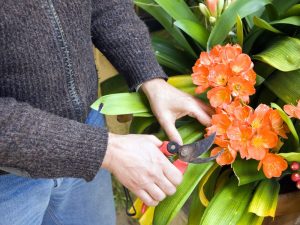Plums make for excellent eating, but growing your own plums is not something to take lightly. While the tree itself might be cold-hardy and robust, surviving extreme heat and freezing cold, the quality of homegrown fruit is often unpredictable.
Yet home gardeners all over Australia and the United States grow them, anyway. If you’ve ever seen plum blossoms in the spring, or bitten into the juicy sweetness of a fresh plum, then you’ll know why.
You can grow plums anywhere except tropical areas. Be warned, however, that there are thousands of varieties grown across the world. Some plums are good for eating fresh, others are best for jams, jelly, and cooking. All of them are delicious in their own way.
That said, choosing a variety that is right for you can be tricky. Your best bet is to ask your local garden center or extension officer. Find an expert who will show you which plums will thrive in your area.
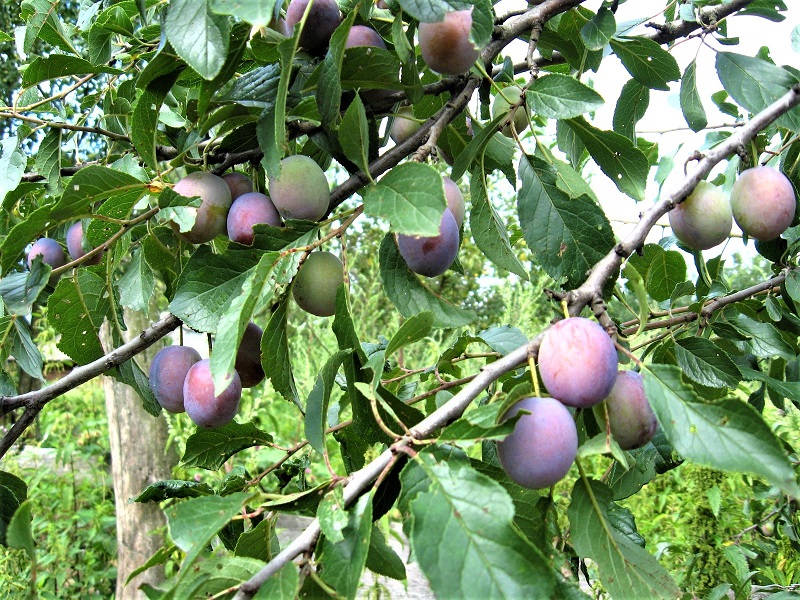
Growing Your Own Plums
Contents
Most experienced gardeners say it’s best to plant plum trees as bare-root trees in late winter or in early spring, while they’re dormant. This minimizes the shock of transplanting and encourages the tree to start new spring growth soon after planting.
Plum trees need full sun to produce sweet fruit, so you should select a planting site that receives at least six hours of sunlight a day. The tree prefers loamy, well-draining soil. Experts recommend that you enrich the soil with organic matter prior to planting.
If your tree is not self-pollinating, be sure to choose a spot that has enough space for at least two mature trees. The typical plum tree needs at least twenty feet of space. Dwarf varieties require at least ten feet between itself and its closest neighbor.
Plums are some of the earliest crops to flower in the fruit garden. While the plants themselves are often extremely hardy, the flowers will not endure frosts. For this reason, it’s essential that you position your trees out of frost pockets, protected against the wind.
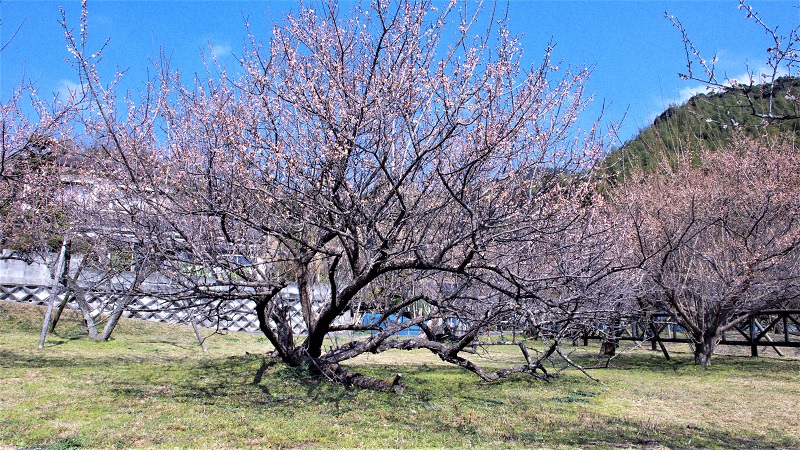
How to Plant Your Tree
If you’re planting a bare-root plant, soak its roots in a bucket of water for up to six hours before you head out to your site. If you choose to transplant a container-grown sapling, remove the tree from its pot and try your best to untangle the roots without damaging them.
Dig a hole a few inches deeper and wider than the spread of the roots. Set your bare root tree on top of a small mound of soil in the middle of the hole. (You don’t need to do the same for a container-grown sapling. In that case, simply place the plant’s root ball in the middle of the hole.) Gently spread the roots, taking care not to bend them.
Fill the hole with soil and compost, gently shaking the stem back and forth as you do to help the soil get into the root system.
Once the hole is filled, firm the soil in with the toe of your shoe in order to give the tree a stable foundation. You should stake young bare-root trees for at least a year.
Be sure to arrange a layer of mulch around the tree to help the soil retain moisture and to deter weeds. Take care that the mulch does not touch the sapling as that contact might cause the stem to rot. Water the tree thoroughly at the time of planting to settle the soil around the roots.
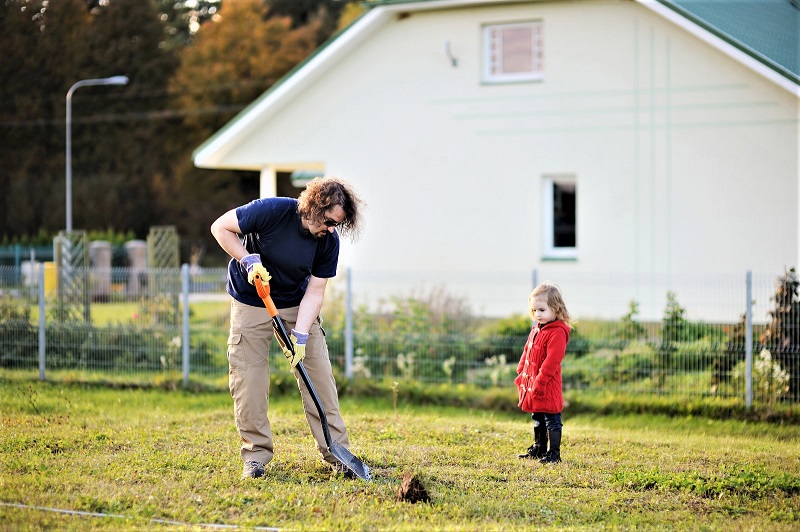
Growing Your Tree
Water your trees heavily every week during the first growing season to promote vigorous growth. Then, taper back and water regularly. Water each plant deeply at the soil line, let the soil dry out a little, then water again.
Remember to water your trees well into the fall to allow the soil sufficient moisture through the winter months.
To keep your plum trees free of pests and diseases, prune them with a pair of shears once during the growing season. Timing is important. While it’s good to prune young trees in early spring, more mature trees are best pruned in mid-summer.
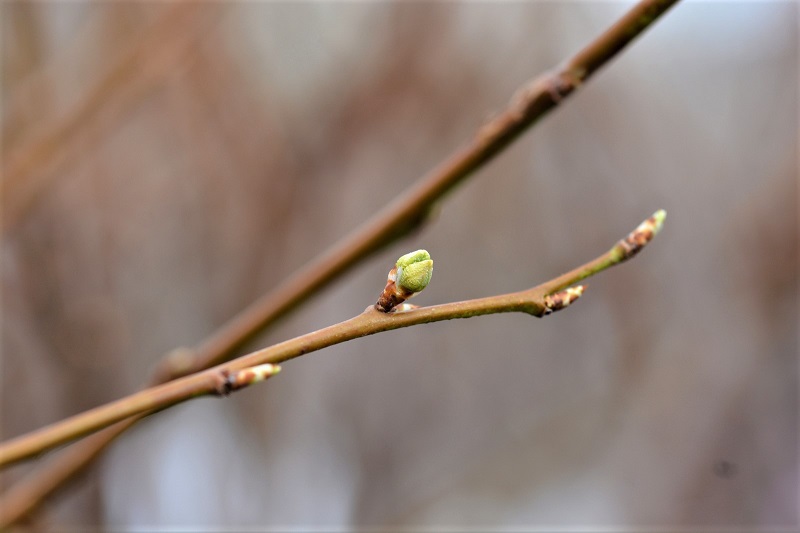
Fertilizers and Thinning
Plum trees grow best when fertilized once a year, as well. Do this early in spring before the tree starts fruiting. Use an all-purpose fertilizer or some aged compost.
Do not fertilize your plum tree after it has begun fruiting as any new growth will divert energy away from fruit production. Any new growth will also be vulnerable to the coming cold weather.
You can begin thinning once your trees start to fruit. When left to produce as much fruit as they can, plum trees will yield such an abundance that branches can break under the weight.
To avoid this, remove some of the developing fruit about a month after blooming ends in the spring. You should leave two to four inches between each fruit.
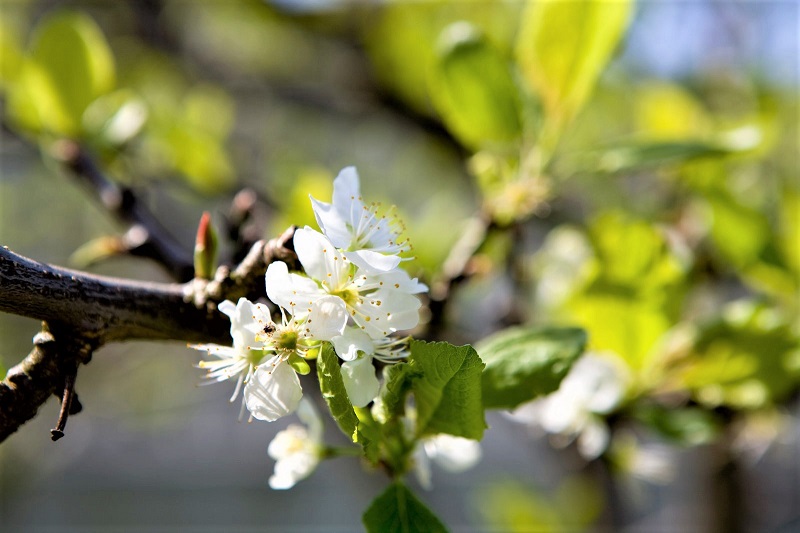
Harvesting Plums
You can harvest American hybrid and European plums once the skin of the fruit feels soft when squeezed. A ripe plum easily detaches from the branch when twisted. They’re ready to eat immediately after picking.
You should harvest Japanese plums a bit earlier, while the fruit is well-colored but only slightly soft to the touch. It’s best to allow Japanese plums to ripen indoors for several days before eating.
Plums do not keep long, but you can store them in the refrigerator for a week.



